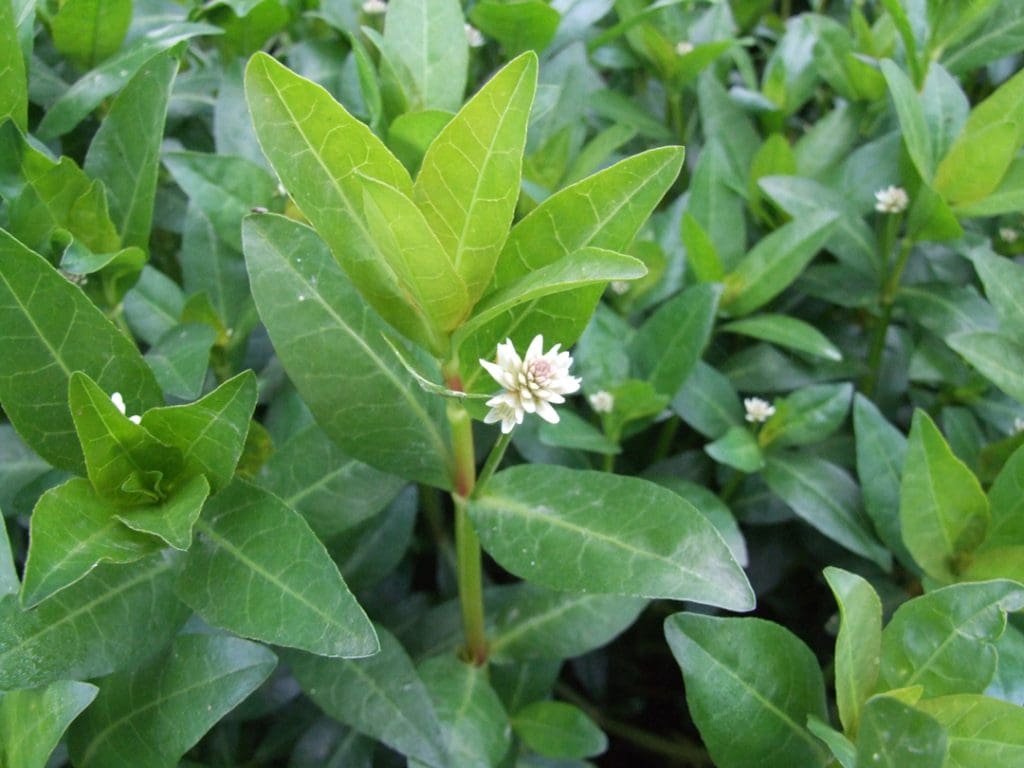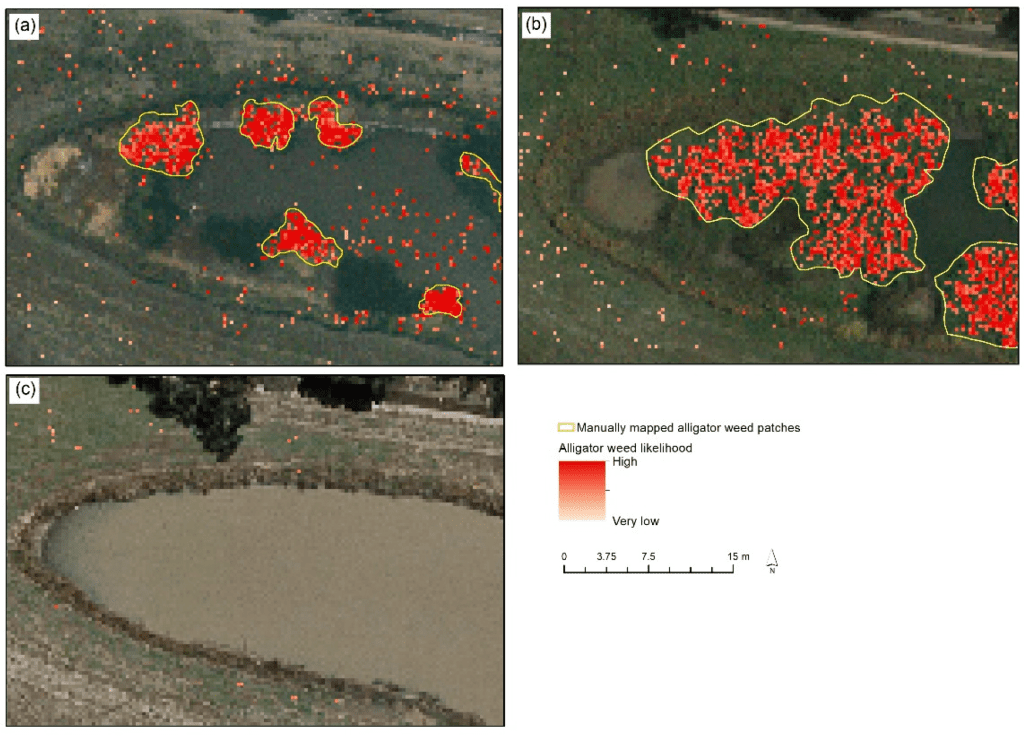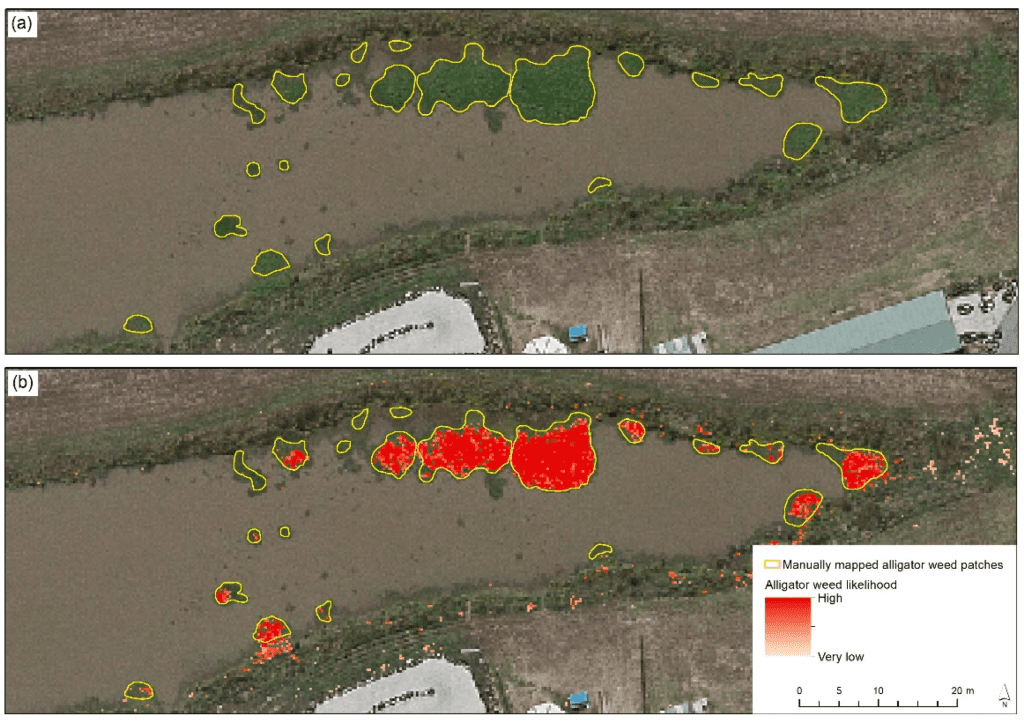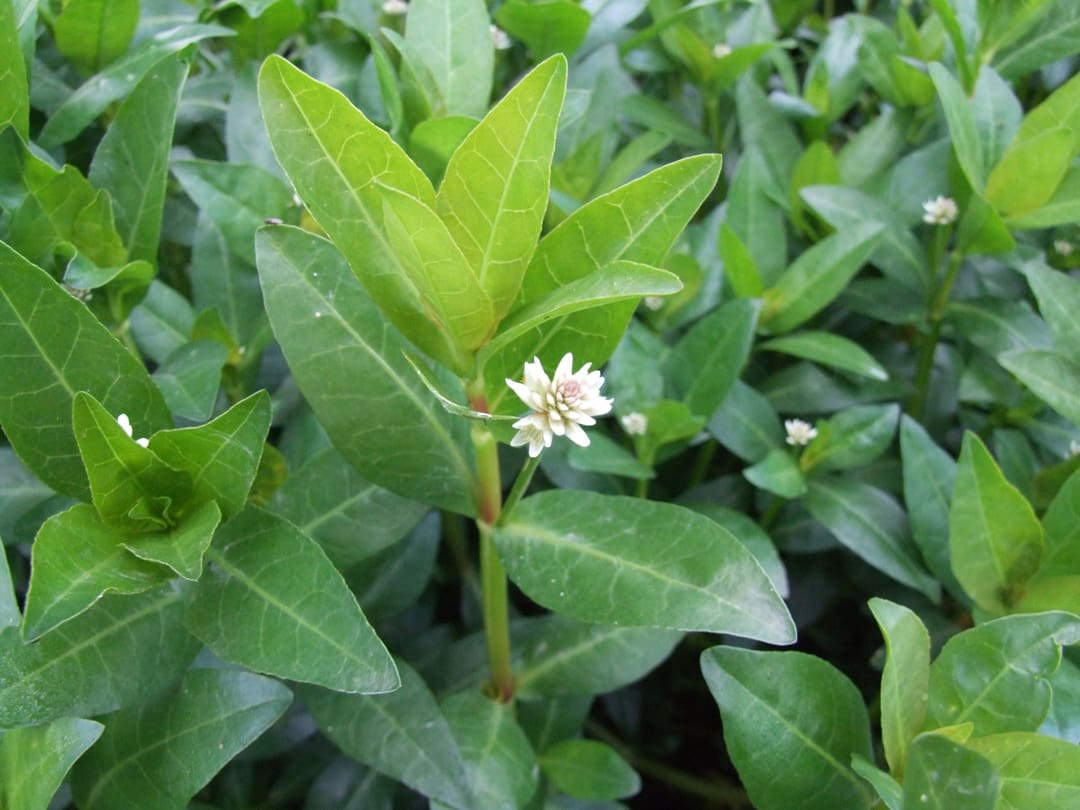In “The Importance of Regularly Monitoring Alligator Weed Populations,” you’ll discover why staying vigilant about this invasive species is crucial for preserving your local ecosystems. Regular monitoring helps you catch early signs of alligator weed spread and enables timely intervention, protecting both native plants and aquatic habitats from being overrun. By understanding the impacts of alligator weed and implementing consistent observation, you contribute to maintaining the ecological balance and health of your surroundings. Have you ever wondered why it’s so important to keep an eye on certain plant species, especially invasive ones like alligator weed? Well, it’s not just for the fun of playing plant detective. In fact, regularly monitoring alligator weed populations is crucial for preserving our ecosystems and maintaining environmental balance. Let’s dive into why this task is so vital.

Understanding Alligator Weed
Before we jump into the importance of monitoring, let’s take a moment to understand what alligator weed is, where it comes from, and why it poses such a threat to our environment.
Origins and Identification
Alligator weed (Alternanthera philoxeroides) is a perennial plant native to South America. It’s easily recognizable by its glossy, elliptical leaves and small white flowers that grow in clusters. The plant can thrive in both aquatic and terrestrial environments, making it a versatile and formidable invader.
Habitats and Growth Conditions
Alligator weed is incredibly adaptive, flourishing in a variety of habitats including wetlands, drainage ditches, rivers, lakes, and even in agricultural fields. It can grow in both waterlogged and dry conditions, which makes it nearly unstoppable once it establishes itself in an area.
The Invasive Nature of Alligator Weed
Knowing alligator weed’s adaptability, it’s easy to see how it can become a problem. The plant spreads quickly, outcompeting native species and disturbing local ecosystems.
Impact on Native Species
Alligator weed forms dense mats on the surface of water bodies, preventing sunlight from reaching native aquatic plants. This imbalance affects the entire food chain, from microorganisms to fish and birds, disrupting local biodiversity.
Economic Impact
The economic costs are equally alarming. Alligator weed can clog drainage systems and irrigation channels, leading to increased maintenance costs. In agricultural regions, it reduces crop yields and degrades land quality, causing financial strain on farmers and communities.
Health Hazards
Moreover, dense growths of alligator weed create ideal breeding grounds for mosquitoes, increasing the risk of mosquito-borne diseases. It’s clear that this invader is not just a nuisance, but a significant health hazard as well.
The Importance of Regular Monitoring
So why should you regularly monitor alligator weed populations? The simple answer is that it allows for early detection and rapid response, minimizing the detrimental effects mentioned above.
Early Detection
By keeping an eye on alligator weed populations, you can identify infestations at an early stage. The sooner you catch it, the easier it is to manage. This early detection can save significant time, effort, and resources in the long run.
Rapid Response
Early detection goes hand-in-hand with rapid response. Once an infestation is confirmed, immediate action can be taken to control or eradicate the weed before it spreads. This minimizes ecological damage and economic costs.
Public Awareness
Regular monitoring also raises public awareness. The more people are aware of the issues surrounding alligator weed, the more likely they are to report sightings and participate in control efforts.
Methods of Monitoring
Monitoring alligator weed effectively requires a combination of techniques. Here’s a closer look at some of the most common methods.
Visual Surveys
Visual surveys are straightforward and can be conducted by anyone with a bit of training. They involve physically traversing an area to spot alligator weed and recording its location and extent.
Remote Sensing and GIS
Technological advancements like remote sensing and Geographic Information Systems (GIS) have made monitoring easier and more accurate. Satellites and drones can capture detailed images of large areas, and GIS can analyze these images to identify and map weed infestations.
Biological Indicators
Using biological indicators involves monitoring the species that interact with alligator weed. For example, changes in the populations of certain insects or fish might indicate the presence of the weed.
Chemical Sampling
Chemical sampling can also be used to detect alligator weed. By analyzing water or soil samples for specific chemical markers associated with the plant, scientists can pinpoint infestations even when they are not visually obvious.
Community Reporting
Encouraging the public to report sightings can greatly enhance monitoring efforts. Apps and online platforms make it easy for people to report and share information about alligator weed infestations.

Challenges in Monitoring
Despite the importance of monitoring, there are several challenges that need to be addressed to make these efforts effective.
Access to Remote Areas
One of the biggest challenges is accessing remote or difficult-to-reach areas where alligator weed may grow. Specialized equipment and techniques are often required, which can be costly and time-consuming.
Accurate Identification
Accurate identification is critical. Mistaking another plant for alligator weed can lead to wasted resources and missed infestations. Proper training is essential to ensure accurate and consistent identification.
Data Management
With multiple sources of data coming in, managing and analyzing this information can be complex. Integrating data from visual surveys, remote sensing, and community reports requires robust data management systems.
Case Studies of Successful Monitoring Programs
To get a better understanding of how monitoring can be successful, let’s look at some real-world examples.
Australia’s National Waterweed Program
In Australia, the National Waterweed Program has been highly effective in managing alligator weed. The program uses a combination of remote sensing, community reporting, and biological control agents to keep the weed in check.
Table: Key Components of Australia’s National Waterweed Program
| Component | Description |
|---|---|
| Remote Sensing | Use of satellites and drones to monitor large areas. |
| Community Reporting | Public platforms for reporting sightings of alligator weed. |
| Biological Control | Introduction of natural predators to control the weed. |
The United States and the Role of Government Agencies
In the United States, various government agencies, including the USDA and state departments of agriculture, work together to monitor and control alligator weed. These efforts are bolstered by collaborations with academic institutions and local communities.
Table: US Government Agencies Involved in Alligator Weed Monitoring
| Agency | Role in Monitoring |
|---|---|
| USDA | Research and policy-making |
| State Departments | Local monitoring and enforcement |
| Academic Institutions | Research and development of monitoring techniques |
| Local Communities | Reporting and participation in control efforts |

Strategies for Effective Monitoring
So, what can you do to ensure that monitoring efforts are effective? Here are some strategies.
Training and Education
Educate yourself and others about the importance of monitoring alligator weed. Attend workshops and training sessions to learn how to identify and report the plant accurately.
Utilize Technology
Leverage technology like remote sensing and GIS to enhance monitoring efforts. These tools can provide comprehensive data that is invaluable for effective management.
Foster Community Involvement
Encourage people in your community to get involved. The more eyes you have on the ground, the better the chances of early detection and rapid response.
Collaborate with Experts
Work with scientists, government agencies, and other organizations. Collaboration can provide additional resources and expertise, making your monitoring efforts more effective.
Continuous Improvement
Always look for ways to improve your methods. Stay updated with the latest research and adapt your strategies accordingly to ensure they remain effective.
The Future of Monitoring Alligator Weed
What does the future hold for monitoring alligator weed? As technology continues to advance, so will our methods of monitoring and control.
AI and Machine Learning
Artificial intelligence and machine learning are poised to revolutionize monitoring efforts. These technologies can analyze large datasets more quickly and accurately than humans, identifying patterns that might otherwise go unnoticed.
Improving Public Platforms
Advancements in app development can make it easier for the public to report sightings of alligator weed. Enhanced user interfaces and real-time data sharing will streamline community involvement.
Global Collaboration
In an increasingly interconnected world, international collaboration will become more important. Sharing data and strategies globally can improve the effectiveness of monitoring and control efforts on a broader scale.
Ecological Restoration
Beyond just controlling infestations, future efforts will likely focus on restoring affected ecosystems. By reintroducing native species and repairing damaged habitats, we can create more resilient environments that are less susceptible to invasion.

Conclusion
Monitoring alligator weed populations is far from a trivial task. It’s essential for maintaining ecological balance, protecting native species, and preventing economic losses. By understanding the importance of regular monitoring, utilizing effective methods, and overcoming challenges, you can play a vital role in controlling this invasive species. Whether you’re a concerned citizen, a researcher, or a policymaker, your efforts in monitoring alligator weed can make a significant difference. Stay vigilant, stay informed, and remember: the health of our ecosystems depends on it.
